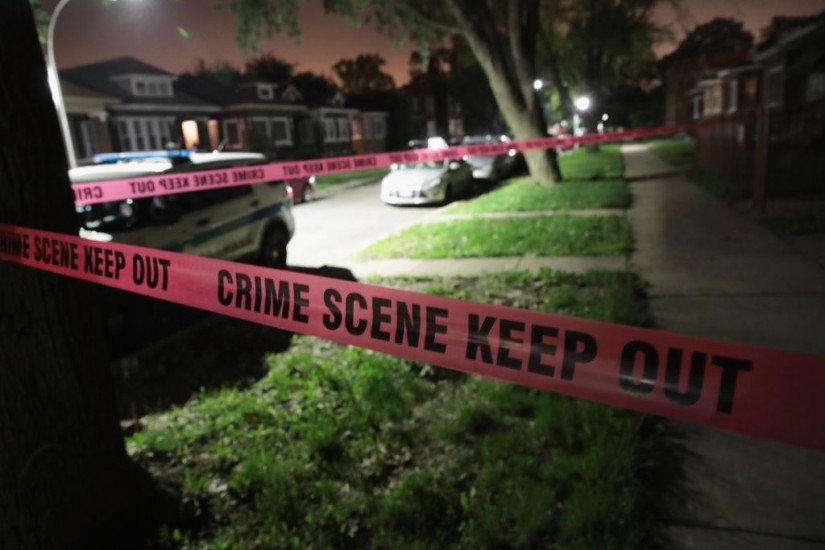The massacre in Las Vegas this October earned a macabre superlative: the deadliest mass shooting in U.S. history, with 58 innocents killed and more than 500 injured. The outpouring of attention and support was swift and far-reaching. CNN published portraits of all 58 victims. A man from Chicago made 58 crosses to honor the fallen. Zappos offered to help pay for the 58 funerals. An anonymous man even paid for 58 strangers’ dinners in memory of those who died.
But what about the hundreds who were shot but didn’t die? A 28-year-old woman who was shot in the head at the concert is undergoing aggressive rehab after spending nearly two months in the hospital. A 41-year-old man is learning how to drive with his hands after he was paralyzed from the waist down. And many victims have relied on money raised through GoFundMe to support their medical care.
The hardships facing those gravely injured in Las Vegas represent a horrific microcosm of gun violence in America generally—horrible deaths provoke widespread reaction, while the wounds of many multiples more take their toll largely unnoticed, unnumbered, and unstudied.
Fatal gun violence is often categorized in ways that make it easy to track and study. That’s how researchers know that the murder rate in the United States has declined steadily over the past three decades. But what about gun violence that does not result in death? That is far trickier to measure. That’s because nonfatal gun violence has mostly been ignored.
As a result, policymakers, law-enforcement officials, public-health experts, urban planners, and economists are all basing their work on information that is unproven or incomplete. Without more data—without identifying who commits shootings, where, how, and against whom; without plotting their rise and fall, to correlate with potential contributing factors; without analyzing those questions on a national, regional, local, neighborhood, and individual basis—it’s impossible to tell which public policies and interventions could be most effective at reducing gun violence.
